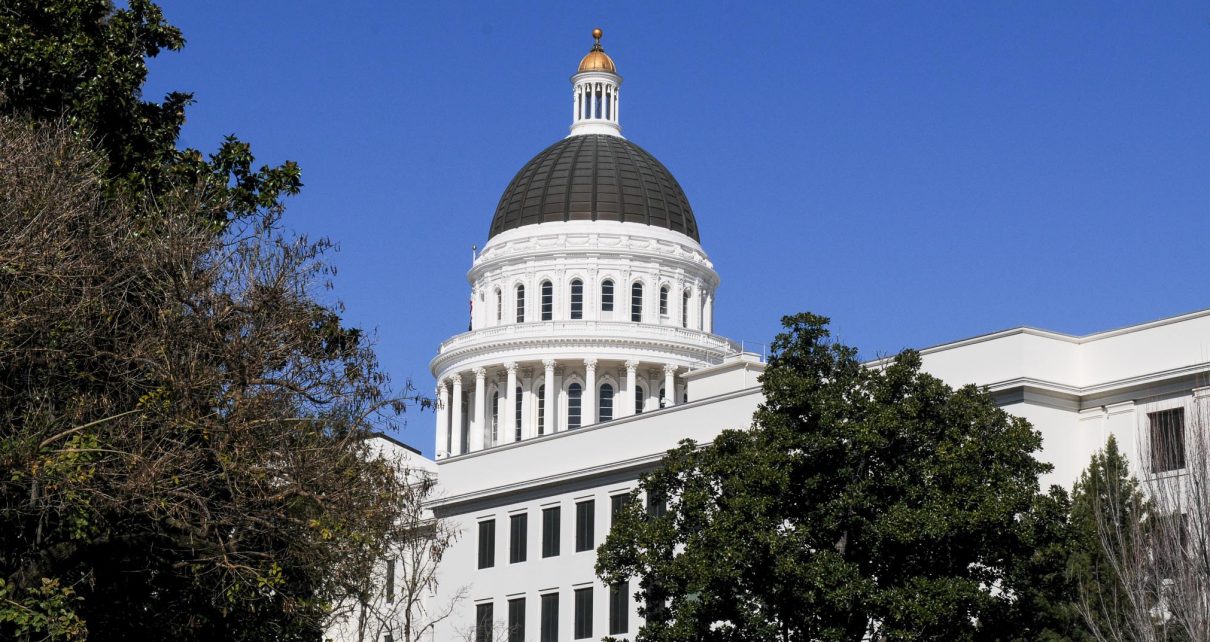
California State Capitol. (Photo: Kevin Sanders for California Globe)
Secondary Evidence of Writings in California’s Evidence Code
Second evidence of written documents is covered in California Evidence Code
By Chris Micheli, August 18, 2024 2:30 am
The issue of second evidence of written documents is covered in Division 11, Chapter 2, Article 1 of the California Evidence Code. Section 1520 provides that the content of a writing may be proved by an otherwise admissible original.
Section 1521 specifies that the content of a writing may be proved by otherwise admissible secondary evidence. The court is required to exclude secondary evidence of the content of writing if the court determines that a specified condition exists. Compliance with authentication must occur. This section is known as the “Secondary Evidence Rule.”
Section 1522 states that, in addition to the grounds for exclusion authorized above, in a criminal action the court must exclude secondary evidence of the content of a writing if the court determines that the original is in the proponent’s possession, custody, or control, and the proponent has not made the original reasonably available for inspection at or before trial. This section does not apply to specified documents.
In a criminal action, a request to exclude secondary evidence of the content of a writing, under this section or any other law, cannot be made in the presence of the jury.
Section 1523 provides that oral testimony is not admissible to prove the content of a writing. Oral testimony of the content of a writing is not made inadmissible if the proponent does not have possession or control of a copy of the writing and the original is lost or has been destroyed without fraudulent intent on the part of the proponent of the evidence.
Article 2 concerns official writing and recorded writings. Section 1530 states that a purported copy of a writing in the custody of a public entity, or of an entry in such a writing, is prima facie evidence of the existence and content of the writing or entry if specified conditions are met. The presumptions established by this section are presumptions affecting the burden of producing evidence.
Section 1531 states that, for the purpose of evidence, whenever a copy of a writing is attested or certified, the attestation or certificate must state in substance that the copy is a correct copy of the original, or of a specified part.
Section 1532 provides that the official record of a writing is prima facie evidence of the existence and content of the original recorded writing if the record is in fact a record of an office of a public entity, and a statute authorized a writing to be recorded in that office. Also, the presumption established by this section is a presumption affecting the burden of producing evidence.
Article 3 concerns photographic copies and printed representations of writings. Section 1550 provides that a nonerasable optical image reproduction provided that additions, deletions, or changes to the original document are not permitted by the technology, a photostatic, microfilm, microcard, miniature photographic, or other photographic copy or reproduction, or an enlargement thereof, of a writing is as admissible as the writing itself if the copy or reproduction was made and preserved as a part of the records of a business in the regular course of that business.
Section 1550 states that, if made and preserved as a part of the records of a business in the regular course of that business, specified types of evidence of a writing are as admissible as the writing itself.
Section 1550.1 states that reproductions of files, records, writings, photographs, fingerprints or other instruments in the official custody of a criminal justice agency that were microphotographed or otherwise reproduced in a manner that conforms with the Penal Code are admissible to the same extent and under the same circumstances as the original file, record, writing or other instrument would be admissible.
Section 1551 provides that a print, whether enlarged or not, from a photographic film (including a photographic plate, microphotographic film, photostatic negative, or similar reproduction) of an original writing destroyed or lost after such film was taken or a reproduction from an electronic recording of video images on magnetic surfaces is admissible as the original writing itself if specified conditions are met.
Section 1552 specifies that a printed representation of computer information or a computer program is presumed to be an accurate representation of the computer information or computer program that it purports to represent. This presumption is a presumption affecting the burden of producing evidence.
Section 1553 provides that a printed representation of images stored on a video or digital medium is presumed to be an accurate representation of the images it purports to represent. This presumption is a presumption affecting the burden of producing evidence. This section also applies to the printed representation of video or photographic images stored by an automated traffic enforcement system.
- New Trials in California - January 5, 2026
- Property of Unincorporated Associations - January 5, 2026
- Fourth Quiz on Where Areas of Law Are Found in the California Codes - January 4, 2026





One thought on “Secondary Evidence of Writings in California’s Evidence Code”